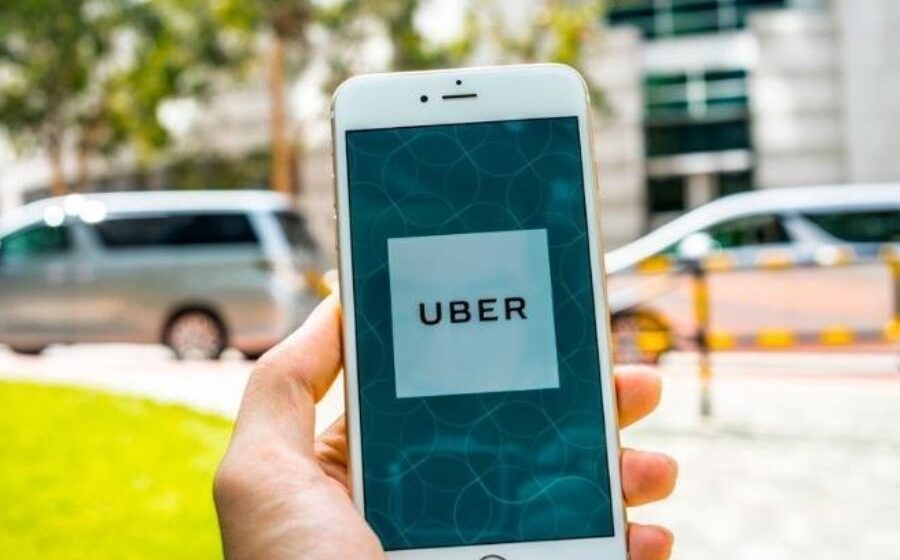Uber has announced it will halve its service rates for new and existing drivers of EVs from July 1, a move that further exposes the absence of incentives for electric vehicle uptake on both a state and national level.
The rideshare company said it would test the initiative for 12 months before reassessing, as it ramps up its commitments to building a green fleet.
In a statement announcing the move, it said while it can’t address some of the challenges facing electric vehicle uptake in Australia, it believes its new initiative will make a difference.
“We believe in doing this we can encourage more Australians with electric vehicles to share sustainable rides with Uber,” the company’s statement read.
It said the move would help close the long-term cost gap for EVs in rideshare, the area it believes will have the biggest impact.
“We want to see more drivers of electric vehicles join the platform, we want to do what we can to make it more economical for existing electric vehicle drivers to stay on the platform, and we want to be able to match the commitments we’ve made overseas right here at home,” the statement added.
However an Uber spokesperson confirmed to Gizmodo Australia that hybrid cars are not eligible for Uber’s incentive program.
The spokesperson said that petrol and plug-in hybrids will not be included and that the incentive program is for 100% EVs only.
The move is still likely to encourage the uptake of zero emission vehicles, an initiative that continues to be hamstrung by proposed taxes on EVs in Australian states.
Globally, Uber has strongly promoted its investment in sustainability, expanding Uber Green, its EV fleet, and committing $800 million in resources it says will help its drivers transition to EVs by 2025.
It has publicly stated it is committed to having 100% of its rides globally in zero-emission vehicles, through micro mobility, or through public transport, by 2040.
Dom Taylor, general manager for Uber Australia and New Zealand said in a statement its research showed Australians are ready to embrace EVs. It found 45% of the country would be willing to pay more for access to greener transport — but need to be empowered to do so.
“We have an opportunity to change the way we think about the new normal – with electric vehicles at the forefront of travel,” he said.
Australia lags significantly behind the rest of the world’s EV uptake, with only 0.75% of new cars sold in Australia in 2020 electric vehicles. This is compared to 8.1% in the state of California in the US, and 10.7% in the UK.
Analysis by Bloomberg’s commodity markets research arm, BloombergNEF, has projected that Australia’s inconsistent state and federal policy initiatives will mean electric vehicles will account for only 18% of all new vehicle sales in Australia in 2030.
Compared to many other countries in the world, there are very few incentives for EV adoption, which has kept the cost of EVs prohibitively high, along with proposed state taxes.
The Victorian government recently put forward a plan that will make electric vehicle drivers pay by the kilometre, a measure critics say will kill the market — the take-up of electric vehicles in Victoria is currently a miniscule 0.7% — before it has the chance to become established.
On Wednesday, NSW Treasurer Dominic Perrottet flagged that the state was also considering imposing a distance-based tax on electric vehicles, however he said it would not come into effect until the state saw a more substantial take-up of EVs on its roads.
Perrottet said, in response to criticism levelled at Victoria’s proposal, he would take a “holistic” tax plan for electric vehicles to this year’s state budget, adding he didn’t want it to impede early growth in the technology.



